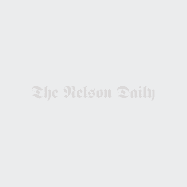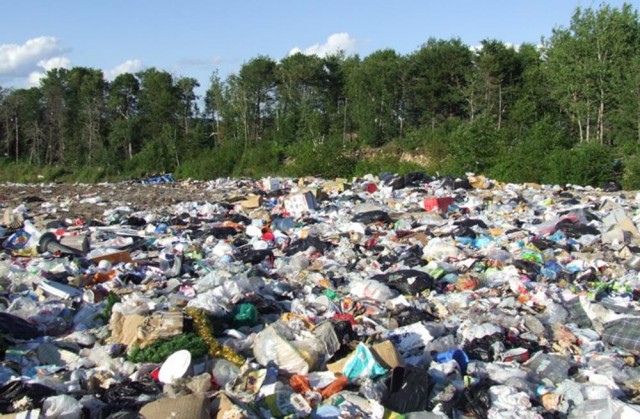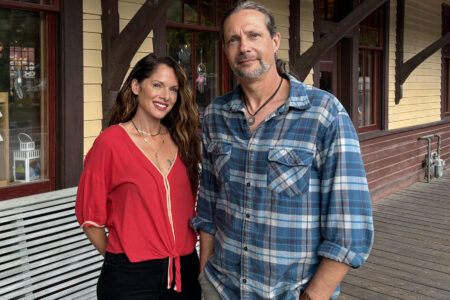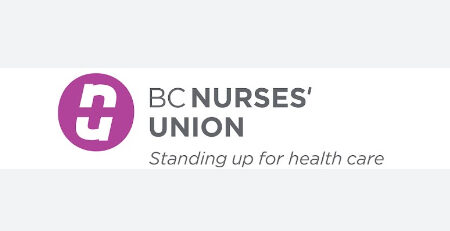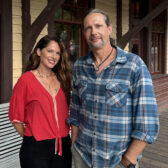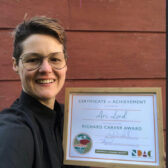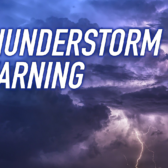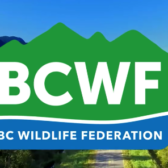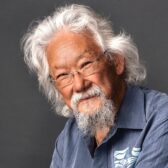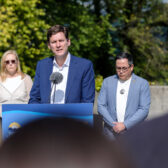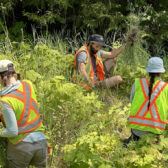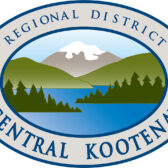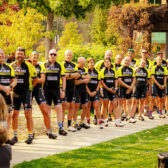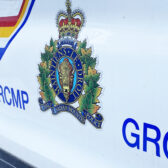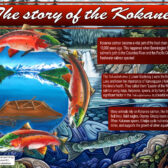Breaking down the resource recovery plan for Nelson
By Timothy Schafer, The Nelson Daily
The draft resource recovery plan put forth by the regional district will see some changes in how Nelsonites waste is carted around in the West Kootenay environment.
An open house in Nelson on Nov. 8 (4-8 p.m.) in the Regional District of Central Kootenay boardroom (202 Lakeside Drive) will reveal the details and the merit of the draft.
It will also open the document for public comment, with the moving of the transfer station from Nelson’s waterfront and public composting sure to be some of the more interesting topics for perusal.
Here is a primer on some of the Nelson-specific items included in the 49-page plan.
Central sub-region
The population of the Central sub-region is estimated to be 21,913 (BC Stats 2006 Census) and includes the city of Nelson.
Approximately 10,775 tonnes of waste was “landfilled” in the Central sub-region (Salmo Landfill) in 2009, while 5,315 tonnes of recyclables were collected and shipped to market for recycling. This data includes curbside recycling and depot recycling programs.
Delivery of service
Implementation of the plan will see considerable cooperation on service delivery between the West and Central (Nelson) sub-regions.
While the two sub-regions will remain as separate RDCK services through the plan implementation period, it is anticipated that efficiencies realized through ongoing sharing of services will result in eventual amalgamation of the two service areas.
Recycling programs
Central sub-region – A blue bag curb-side recycling program (Nelson) and drop-off recycling depots for blue bag program (subregion wide).
Recycled materials accepted in all programs include: mixed paper; newspaper; cardboard; metal food and beverage cans and containers; glass containers; and mixed plastics.
Recycling depot locations, curbside programs and operations will be reviewed by the RDCK for their cost effectiveness, environmental benefit, and efficiency.
Commodity value rebate incentives will be developed for all processing of recyclable materials where possible.
Organic waste management
Diversion of organic waste represents the ‘next frontier’ for waste diversion in the RDCK.
The organic waste category is comprised of wood waste, yard and garden waste, food waste, municipal biosolids, and domestic septage.
The Organics Management Strategy completed as part of the plan development outlined the following objectives for organic waste management in the RDCK.
1. Develop higher value end uses for recycled organics;
2. Upgrade organics management infrastructure at RDCK facilities; and
3. Reduce transportation costs by developing on site management options for yard and garden waste and wood waste where feasible.
Waste transfer systems
The RDCK operates 12 local transfer stations where waste is consolidated from residential and commercial generators prior to being transferred to landfills for disposal.
Transportation of waste and recyclables from transfer stations represents a major operational cost within the three resource recovery sub-regions.
Currently, transfer systems are based on hauling of loose, un-compacted waste in roll off containers, except in Balfour, Nelson and Slocan where a portion of waste is compacted prior to transfer.
Multi-point pickup system
A multi-point pickup waste transfer system would result in substantial savings and reduced greenhouse gas emissions from waste transfer operations.
The multi-point pickup system utilizes stationary waste containers at each site that are emptied into large capacity waste transfer tractor-trailer units via the tractor’s hydraulic system.
The trailer unit has on-board compaction systems to increase load densities for optimal efficiency.
Contrasted with the ‘dump and return’ inefficiencies of the roll off bin system, multi-point pickup systems will allow for servicing of up to five transfer stations on a single trip and the integration of material backhauls.
Transfer station relocation
In 2010 and 2011 the RDCK will be undertaking an evaluation of alternative sites for the Nelson transfer station.
If the results of this process indicate that developing an alternate site is the preferred option, then a public consultation processes will be completed prior to a final decision on transfer station relocation by the RDCK Board.
Central landfill
The Central landfill in Salmo — where Nelson’s waste is carried — is the largest landfill currently operated by the RDCK but is not cost effective for the RDCK to operate two landfills within a one-hour drive of each other.
During the plan period the RDCK will cease active daily fill operations at the Central landfill, with the waste subsequently being transferred to the Ootischenia landfill.
All of the material drop off facilities and staging areas will remain in use at the Central landfill, with the addition of expanded composting infrastructure.
Filled portions of the site will receive final cover and capping in accordance with Ministry of Environment requirements.
The site will continue to be used for disposal of other approved wastes in accordance with the site design and operations plan, such as soil, bio-solids, septage and concrete and asphalt.
Historic landfill sites
The RDCK has historically operated several small community landfills that are no longer actively used but which have not received proper capping and closure to Ministry of Environment standards.
All of these sites do however have acceptable interim cover in place and are not known to have outstanding water quality issues.
Historic landfill sites for which permanent closure remains an outstanding RDCK commitment are located in Nelson, Balfour, Kaslo, Slocan and Crawford Bay.
Closure plans have been developed for Slocan, Crawford Bay and Kaslo, but closure activities have not been fully implemented.
Active environmental monitoring of the de-activated landfills at Slocan and Crawford Bay has been initiated.
Costs for Nelson
Site reconfiguration or relocation (including four multi-point bins installation): $2,154,680
Clean wood receiving area: $21,300
Closure of former landfill: $150,000 (in 2013)
Central landfill (associated costs for Nelson)
General public receiving area upgrade: $7,020 (in 2012); $ 3,380 (in 2013)
Transfer site development for two multi-point bins: $31,280 (in 2012); $330,920 (in 2013)
Septage facility upgrade: $2,600 (in 2012); $37,500 (in 2013)
Biosolid/septage compost area: $8,100 (in 2012); $118,100 (in 2013)
Clean wood receiving and grinding area: $6,500 (in 2012); $94,200 (in 2013)
Yard and garden waste compost area: $6,200 (in 2012); $90,800 (in 2013)
Landfill cover and capping: $158,640 (in 2012); $2,308,760 (in 2013)
Source: RDCK draft resource recovery plan

